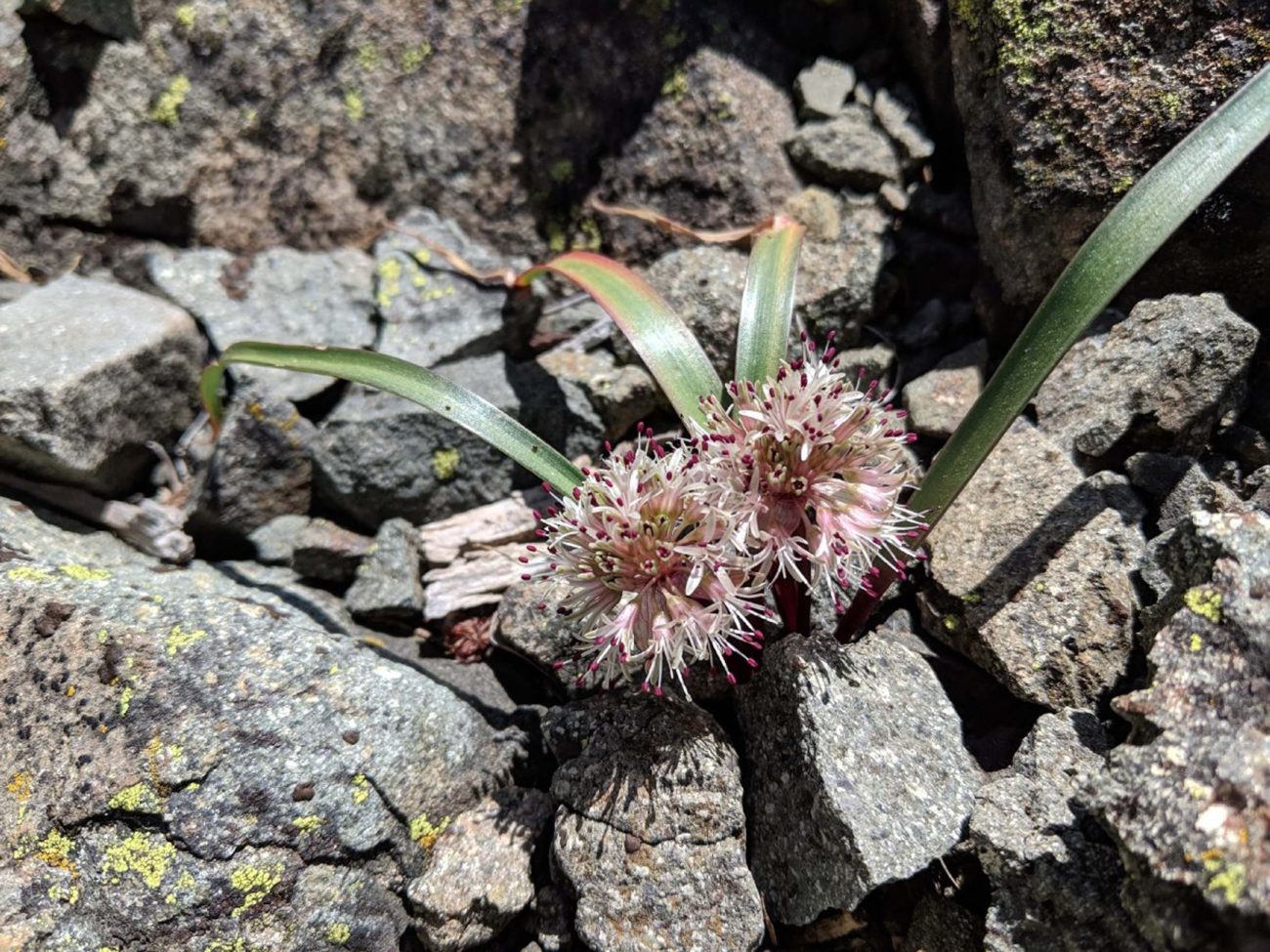
Back in 2015, while working on a botanical survey, veteran botanists and Shasta Chapter CNPS members Julie Kierstead and Len Lindstrand III stumbled upon an unusual onion growing atop Minnesota Mountain, east of Shasta Lake, that defied keying out. Once Allium authorities confirmed that their find was indeed a new taxon, our intrepid botanists returned for additional observations and collections.
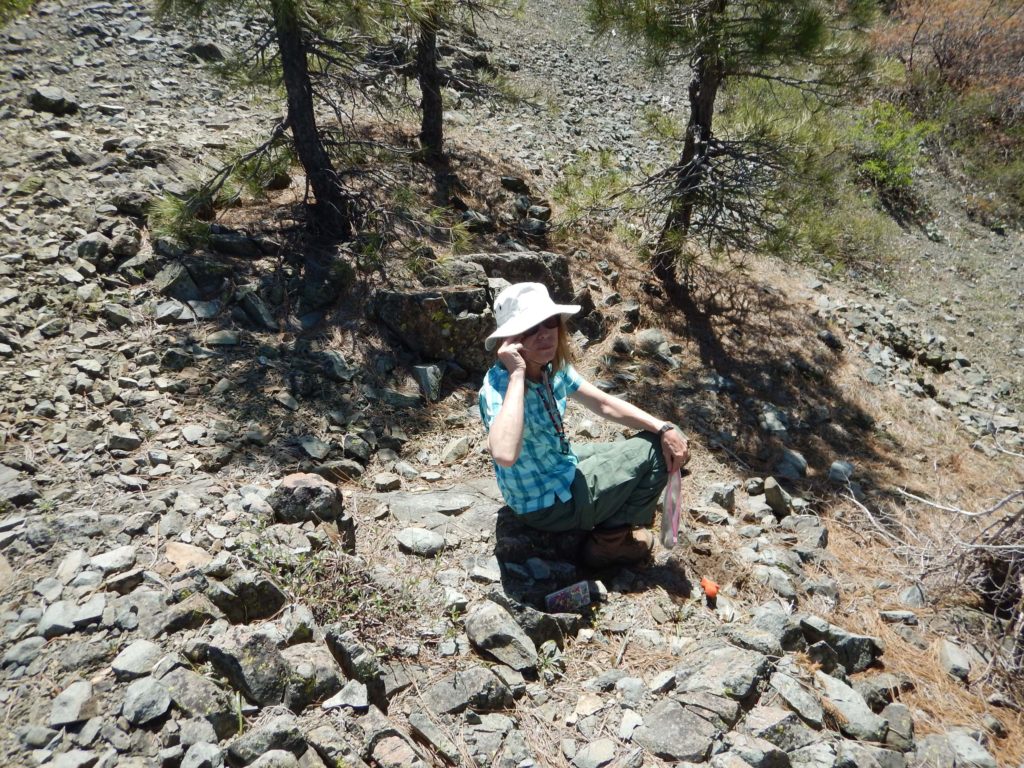
Len also made a few expeditions to nearby Salt Creek Mountain, where he found another occurrence of this new onion near the summit.
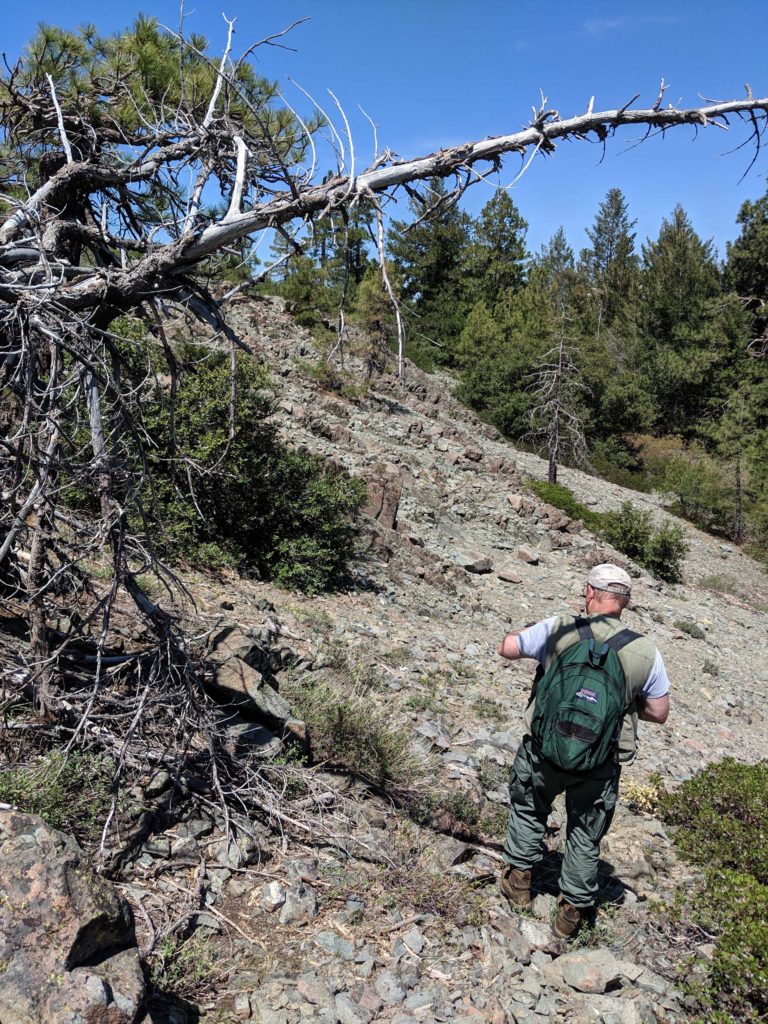
Seven years since the first serendipitous finding, Minnesota Mountain onion, Allium incomptum, is officially recognized as a new species. The specific epithet, incomptum, means disheveled, unpolished, untidy, unkempt, and refers to one notable characteristic of this onion. Julie and Len’s observations and species description have recently been published in the botanical journal, Madroño (Volume 69, Number 1, Pages 95 to 101, 2022): A New Species of Allium (Alliaceae) from the Southeastern Klamath Mountains, California. Access this scholarly paper by clicking on its linked title to see more photos, line drawings, a map, and detailed technical characteristics.
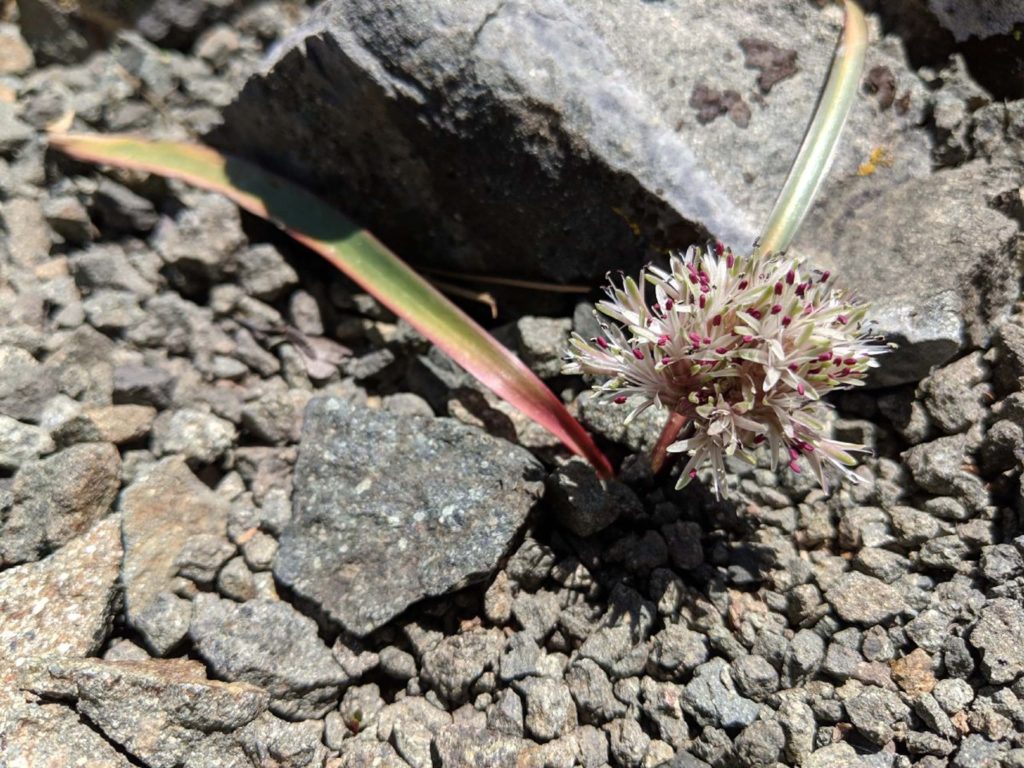
While the species must be considered rare simply due to its few known occurrences within a very limited geographical area, the authors do not consider the species to be particularly threatened or endangered, especially not by anthropogenic disturbance. As Julie explained, I’m not worried about people going to Minnesota Mountain. It’s a long way; take your chainsaw to remove the trees across the road, and kind of death-march climb up through the poison oak to get to the top. We wouldn’t have found it without the incidental helicopter touchdown on Minnesota Mountain in 2015 on our way back from Tombstone Mountain. Len made me go back with him in 2019 to collect additional specimens and info, and we climbed from the nearest road access. I don’t ever want to make that climb again.
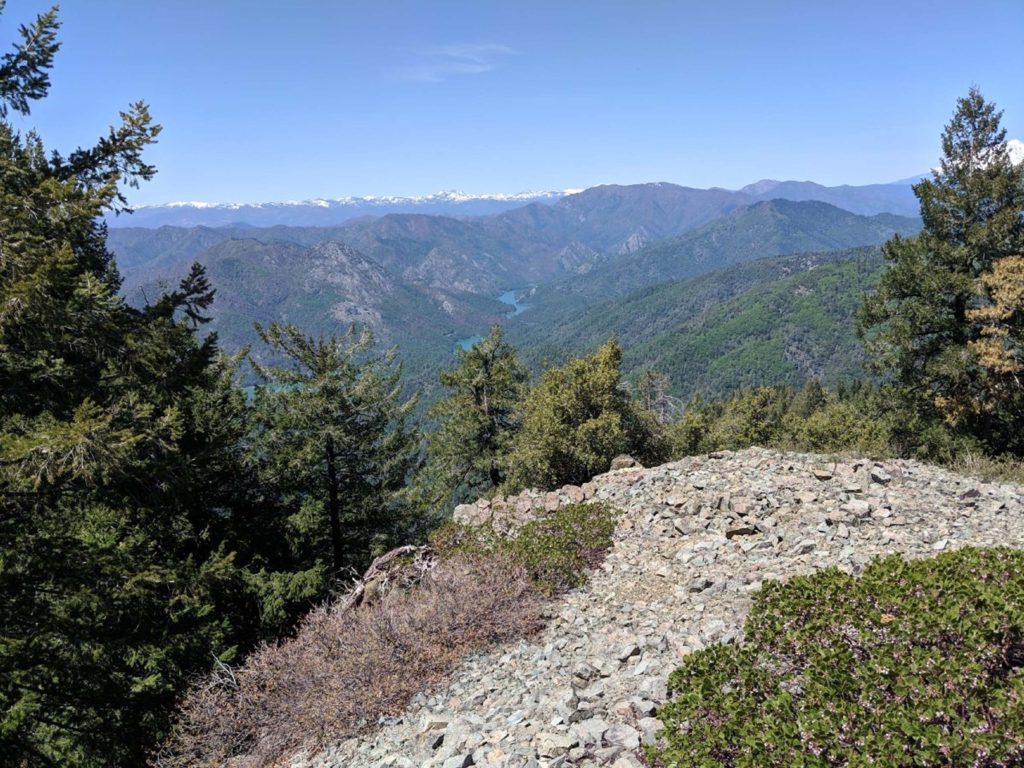
But we are so glad that you did, Julie! Congratulations are in order for these amazing botanists, both Julie and Len, who continually make important contributions to the botany of our area. It is their hope that amateur and professional botanists alike will be inspired by this story of discovery to keep their eyes open, not only for for further occurrences of Minnesota Mountain onion, but for anything that appears out of the ordinary. There is still so much to learn, and so much to be found! ~Shasta Chapter CNPS
